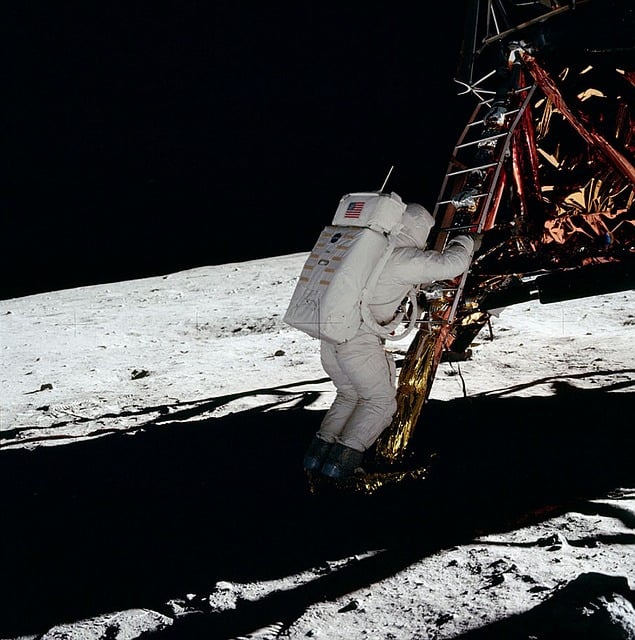2026 Task 4 FAQs

Q: Should teams assume their container will remain in continuous sunlight at the lunar south pole, or might it experience day/night cycles? (Posted 11/13/25)
A: Continuous sunlight is probably the easiest design choice, but for a more complex model, consider the MOON TO MARS (M2M) LUNAR SURFACE DATA BOOK <link>. Particularly Section 6.3.1 and Appendix E as rationale if you want to assume 150 hours of continuous darkness for a more robust design, but this will also drive more mass and complexity of your concept.
Q: What does “near the habitat” mean—roughly how far away from the habitat would you like to see the containers stored? (Posted 11/13/25)
A: Assume within 10 meters of the habitat.
Q: Are there constraints about the habitat's proximity to other stored items or structures? (Posted 11/13/25)
A: There are no specific constraints about what can be stored near the planned habitat. Only consider the shadowning effect of your design (do not shadow items that need sunlight to properly function).
Q: What are the general logistics for the space crew to remove dust from a container? (Posted 8/30/25)
A: They would 1) bring it through the crew access hatch into 2) an airlock where dust would be removed, 3) bring the container into the habitat, equalize pressure and open the container.
Q: Do we need to incorporate dust mitigation into our design? (Posted 8/30/25)
A: Not in the bench-scale design. In the technical report, you need to propose a general method of dust mitigation and build any features into the container that will facilitate the dust mitigation you propose. For a quick overview of dust mitigation, see the 2025 WERC Dust Mitigation Task.